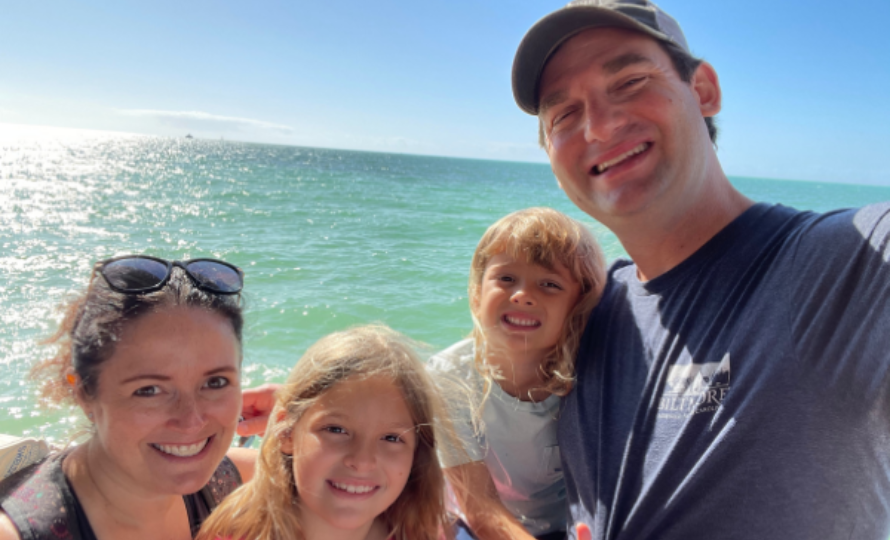ALVS Spotlight: Husband and Wife Teacher Duo Ole and Danielle Sheldon Share the Benefits of Online Courses


Ole and Danielle Sheldon are a husband-and-wife teacher duo based out of Marion County, Florida. Both teach a variety of AP, history, and business courses for ALVS. During an interview, they shared their knowledge on the benefits experienced by both teachers and students in the virtual learning setting.
Danielle has been teaching for a total of 17 years, with the last four being fully online. She teaches a variety of history and social studies courses, starting from the middle school level all the way up through Advanced Placement (AP).
This year will be Ole’s 11th year as a full-time instructor but his 7th year of teaching fully online. He has seven state certifications, and he teaches a wide variety of AP courses, including social studies, computer science, and business courses.
As virtual instructors, their daily routines look very different compared to when they taught in a traditional classroom setting. Ole explained, “Our offices are as far apart as you can possibility get them during the workday.” It ensures that they stay focused on their students when they are joining video meetings and answering phone calls from their home.
But the Sheldons also shared that both teaching from their home is an opportunity for collaboration. Ole shares his expertise with economics and helps with technology issues if they arise, while Danielle shares her knowledge of history.
With their years of experience teaching both in and out of the classroom, the Sheldons share the benefits of taking fully virtual courses versus learning in a traditional classroom setting:
According to Ole, one of the main reasons they decided to teach with ALVS was because they saw how “ALVS can bring up the standard for lower-level students with all different resources that you typically don’t have access to in the classroom all the time.” One huge resource being time.
The Sheldons appreciate the flexibility that comes with being fully virtual and what that means for their students. They are not restricted to one 50-minute block a day with the coursework. Ole explained, “Maybe some students learn better at 7 PM, and that’s where ALVS can offer them that content at that time.”
The virtual setting has many advantages besides additional or flexible time for students. Danielle shared that she “loved teaching in the classroom but only got to influence about 150 kids each year,” but with online learning, she can now help and serve so many more students, whether locally or across the country.
Online learning has given Ole and Danielle a better opportunity to connect with each student on an individual level and provide better feedback on every assignment.
In recent years, there have been more interruptions in education than ever before due to unseen forces like the pandemic or even the weather. Ole shared. “About five years ago, a hurricane came through Marion County . . . All the schools were shut down, but I was still engaged with the majority of my online students.” This feeling was only amplified later when the pandemic limited in-person learning. When things go awry, the Sheldons feel strongly that virtual learning can be a consistent resource for online students, no matter what is occurring outside of the traditional classroom.
Amidst their busy schedules, the Sheldons have also set some goals for themselves for the new semester. Ole shared, “I’m constantly writing down new goals, but one that I’m particularly focused on lately is to control what you can control.” Currently, he is also working on finishing his doctoral degree in business administration. Danielle set a professional goal to improve upon and continue giving her students meaningful feedback on their work.
The most rewarding part of teaching for the Sheldons has been the impact they can have on each student, but especially those who are struggling. They also appreciate the feedback they have received from students who are thankful for their guidance and support because it shows the Sheldons that they are making a positive impact.